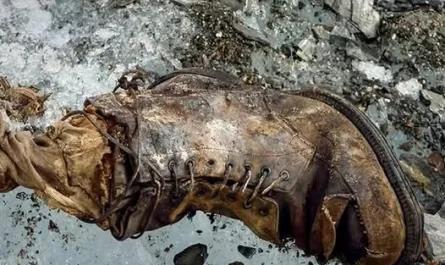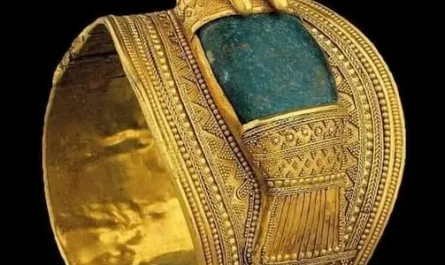Have you ever looked at ancient artwork and seen something truly out of place? Across countless ancient civilizations, from enigmatic cave paintings to intricate carvings, we find depictions of peculiar beings and anomalous objects. These aren’t just curious doodles; they’ve sparked intense debate and curiosity, raising intriguing questions about whether our ancestors had contact with extraterrestrial entities. Could these truly be “family photos” with an alien twist?

Exploring these historical representations is a fascinating journey into the possibility of encounters with beings from beyond our world. It prompts us to re-evaluate our understanding of ancient cultures and their potential connections with the cosmos.
Echoes of the Cosmos in Ancient Art
Imagine ancient caves like Lascaux in France or the Bhimbetka Rock Shelters in India. Within them, you’ll find millennia-old paintings that depict humanoid figures alongside strange shapes reminiscent of modern spacecraft. Similarly, petroglyphs etched into rock surfaces, such as those found in Val Camonica, Italy, showcase humanoid figures wearing peculiar headgear that some interpret as resembling astronauts or otherworldly beings. These ancient artworks defy conventional explanations, hinting at encounters with entities from beyond our terrestrial realm.
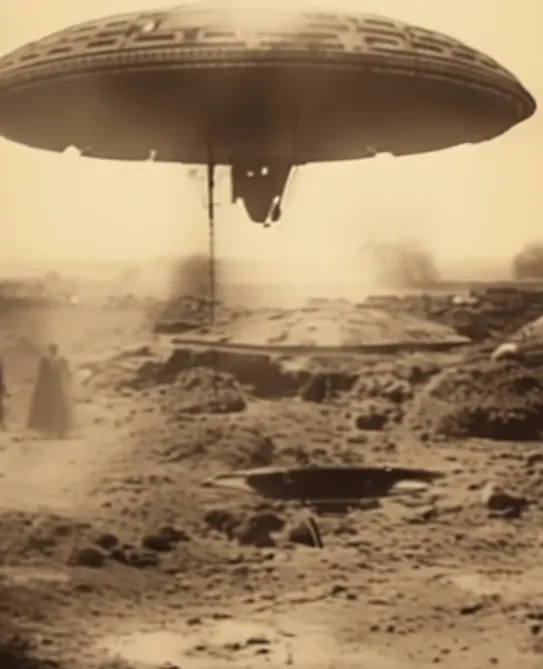
Beyond cave walls, numerous ancient artifacts and sculptures from civilizations like the Mayans, Egyptians, and Sumerians feature beings with elongated skulls, oversized eyes, or other unusual physical characteristics. Think of the enigmatic crystal skulls, renowned for their anomalous craftsmanship and thought-provoking symbolism. Even more strikingly, ancient reliefs, such as those in the Temple of Seti I in Abydos, Egypt, appear to depict helicopter-like vehicles and other technologically advanced objects. These images fuel speculation about advanced knowledge or even direct extraterrestrial influence in ancient times.
The presence of these curious depictions in ancient art and relics naturally sparks discussion. While skeptics often interpret these through the lens of mythology or cultural symbolism, proponents of the extraterrestrial hypothesis view them as potential evidence of early contact with aliens or technology beyond our understanding. These artifacts serve as a thought-provoking link between ancient civilizations and modern discussions surrounding Unidentified Flying Objects (UFOs) and potential extraterrestrial visitations. They challenge our perceptions of the past and the potential for otherworldly connections.
The Vanishing Anasazi: An Unresolved Enigma Amidst Alien Theories
Speaking of ancient mysteries, few are as compelling as the disappearance of the Anasazi, also known as the Ancient Puebloans. For hundreds of years, they thrived in the Four Corners region of the United States, constructing elaborate cliff dwellings in iconic places like Mesa Verde and Chaco Canyon. Their sophisticated architecture, advanced irrigation systems, and deep understanding of astronomy and agriculture speak of a highly developed society.
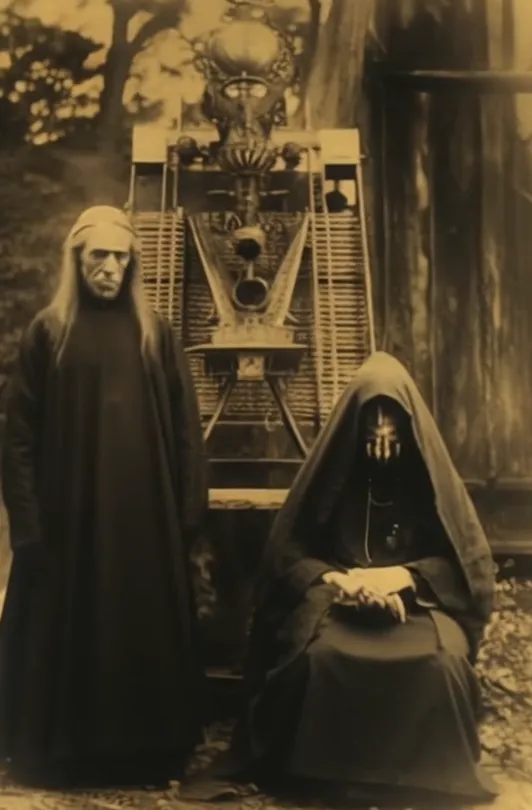
However, around the 13th century, the Anasazi mysteriously abandoned their thriving settlements, leaving behind their once-bustling cities. The reasons for their departure remain a hotly debated subject among researchers.
What Happened to the Anasazi?
Numerous theories attempt to explain their sudden vanishing. Many point to environmental factors such as severe drought, resource depletion, or conflict with neighboring tribes. Others speculate about socio-political upheavals within their society or religious movements that led to mass migration.
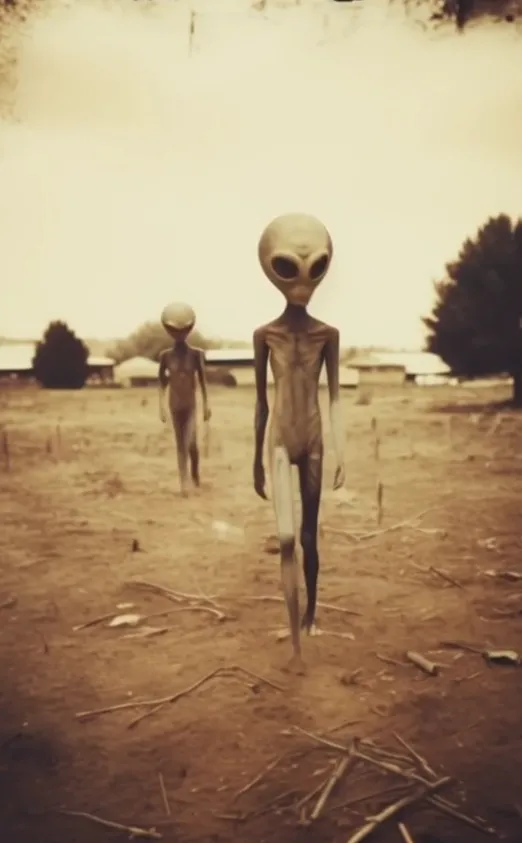
Yet, a fascinating, albeit fringe, theory suggests that extraterrestrial involvement—such as abduction or intervention—might have played a role in their disappearance. Proponents of this idea often highlight ancient petroglyphs and pictographs that depict curious humanoid figures or strange flying objects, proposing these could be interpreted as evidence of alien encounters or contact.
Despite the various theories, the mystery of the Anasazi’s disappearance remains unresolved. The absence of concrete evidence linking extraterrestrial beings to their downfall keeps that notion within the realm of speculation for mainstream historians and archaeologists. They typically seek tangible evidence and adhere to more conventional explanations for the disappearance of ancient civilizations.
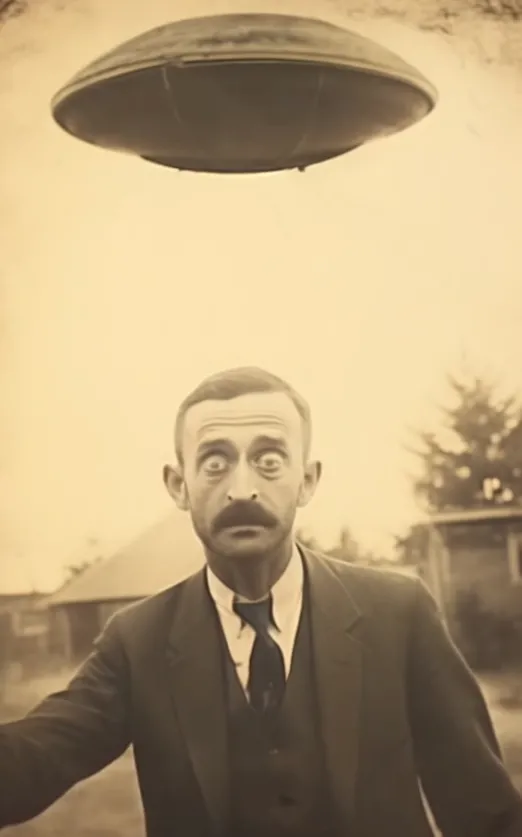
The enduring mystique surrounding the vanishing of the Anasazi, along with the enigmatic depictions in ancient art globally, reminds us of the complexities of unraveling historical mysteries. Speculation often dances alongside empirical evidence. The quest for understanding these enigmas keeps the door open to diverse theories, including the tantalizing possibility of extraterrestrial connections, contributing to our enduring fascination with the possibility of life beyond Earth.



